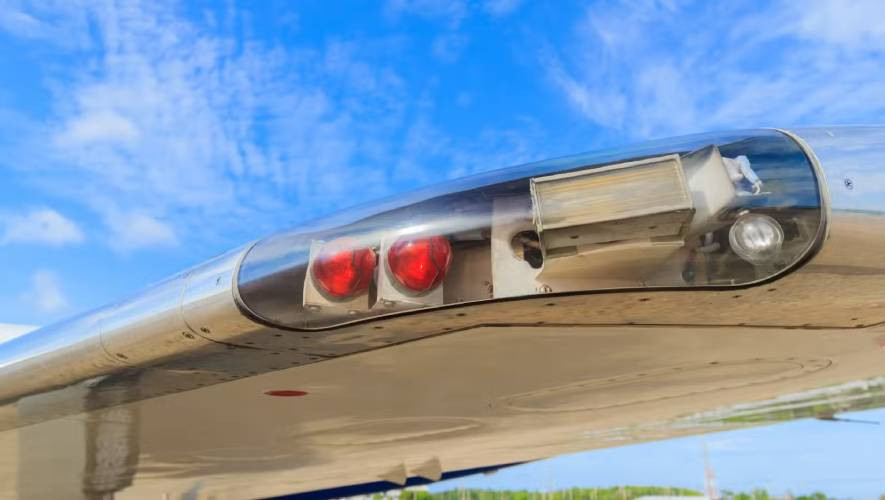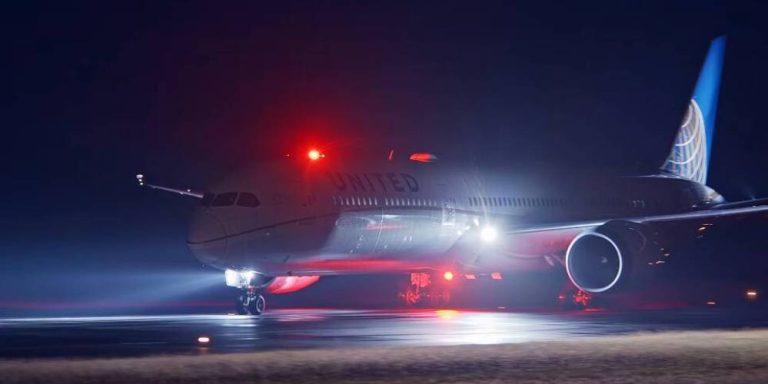If you’ve ever sat by an airplane window during a night flight, you may have noticed something quietly blinking in the dark – tiny red and green lights at the tips of the wings.
To the average passenger, they might seem like decorative features, perhaps added for aesthetic appeal. But in reality, these lights are an essential part of aviation safety, embedded in global protocols and deeply woven into the history of modern flight.
In this week’s Motoring, we take a closer look at these unassuming yet crucial elements of aircraft design.
Navigation lights
Known in the industry as navigation or position lights, the red and green lights serve a purpose far beyond visibility.
They help pilots determine the direction other aircraft are heading and play a vital role in avoiding collisions, especially during night flights or in conditions of poor visibility such as fog, rain, or snow.
International aviation regulations, including those set by the International Civil Aviation Organization (ICAO), require that every aircraft be fitted with a red light on the left (port) wingtip and a green light on the right (starboard) wingtip.
These lights, combined with a white light on the tail, form a triad that allows anyone viewing the aircraft to determine its orientation and movement.

How the lights work
If you see a red light alone, the aircraft is moving from left to right across your field of view.
If you see only the green light, it is crossing from right to left.
If you see both lights, the plane is heading directly toward you.
If you see only the white tail light, the aircraft is flying away from you.
This simple system allows pilots to make split-second decisions in the air and has been credited with helping avoid countless mid-air collisions.
Ground control teams also rely on these lights when managing air traffic on runways and taxiways, especially at congested airports during night operations.
But ensuring that these lights perform flawlessly is not as simple as screwing in a bulb.

Flashing lights
The planes are also fitted with flashing lights that are located on the top and at the bottom of the fuselage to make the aircraft visible from any angle.
It is important to note that airplanes also have other position lights. These are generally white and pointed to the back of the airplane on the wings and the tail.
Planes are also fitted with landing lights that help the pilots see the runway from approximately 200 feet, as they approach it for landing or when they are leaving it during takeoff.
Durability
Aviation demands that these lights be extremely durable, capable of withstanding the rigours of flight, high speeds, extreme temperatures, intense vibrations, and dramatic altitude shifts.
They must remain visible in adverse weather conditions, from torrential downpours to icy storms, and must operate consistently with minimal maintenance.
Despite their tiny size, experts emphasize that red and green navigation lights are unsung heroes of the sky.
So next time you find yourself cruising 35,000 feet above the ground, take a moment to peer out the window. Amid the twinkling stars, those quiet red and green lights shine on, not for show, but for safety.


